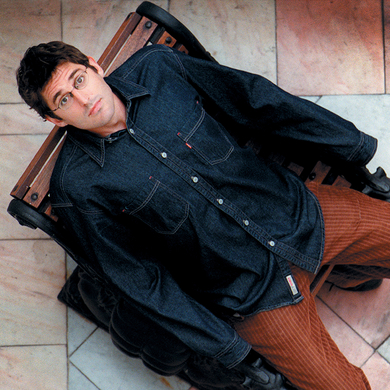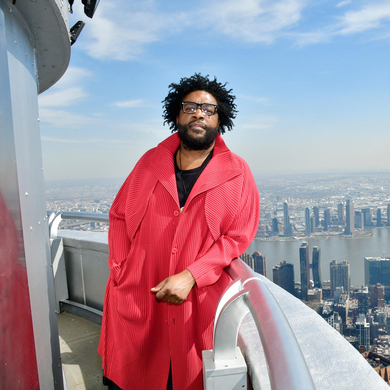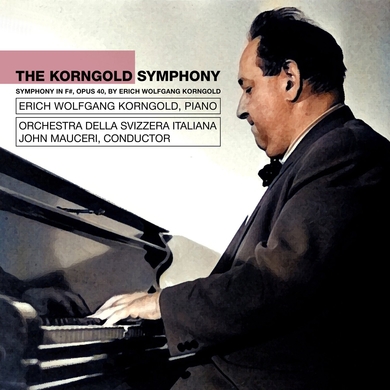Recording time in the renowned Abbey Road Studios was free of charge for the Beatles. They camped out in the studio and fearlessly toyed with sounds and styles, taking the kinds of risks that have kept their music interesting to this day. For instance, when Paul McCartney and John Lennon were struggling to end “A Day in the Life,” and McCartney suggested an “orchestral orgasm,” a full orchestra was brought into Studio 1. Telling stories like this one, Mary McCartney, a daughter of Paul, brings an insider’s perspective to her new documentary If These Walls Could Talk. Abbey Road Studios has produced world famous tracks in genres ranging from classical to pop, film scores to hip-hop. McCartney provides rare footage from recordings past, an unmatched soundtrack, and interviews with musicians from Elton John and Roger Waters to—surprise, surprise—a couple of Beatles. Listen to John Williams be comically humble about his scores for Star Wars and Indiana Jones; meanwhile, Liam Gallagher quite seriously credits drugs for the songs of the 60s. But whatever force was strongest in the creation of tracks like “Lucy in the Sky With Diamonds,” it’s hard to look past the place where they were born. Is there magic in those walls? Or, asks McCartney, does that magic exist within the artists who have chosen to be part of this legacy? Abbey Road Studios is a connecting force among musicians of every genre, and, just for safe measure, the walls don’t get repainted. —Clara Molot
The Arts Intel Report
If These Walls Could Sing

A look into Abbey Road’s Studio 1.



